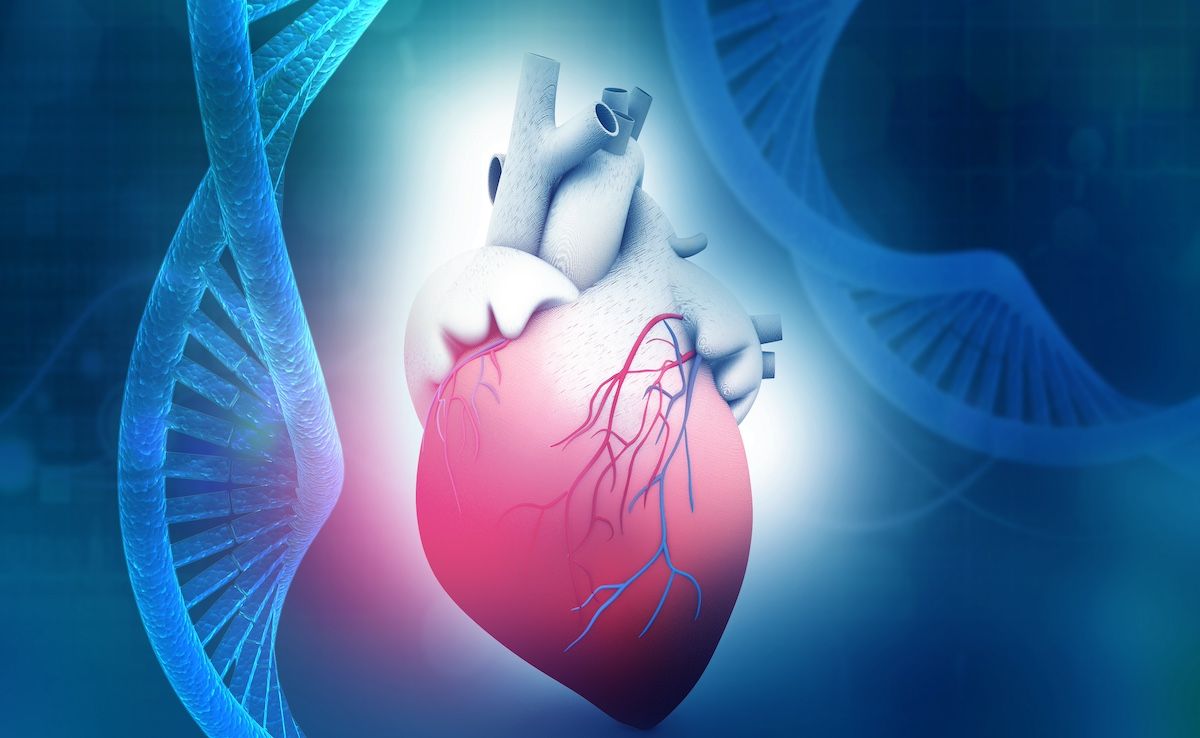- Center on Health Equity & Access
- Clinical
- Health Care Cost
- Health Care Delivery
- Insurance
- Policy
- Technology
- Value-Based Care
Carpal Tunnel Syndrome Linked to Cardiac Amyloidosis
Carpal tunnel syndrome was linked to wild-type transthyretin amyloidosis in new research, highlighting the importance of early diagnosis for better heart failure outcomes.
Carpal tunnel syndrome (CTS) was linked with wild-type transthyretin amyloidosis (ATTRwt)—a progressive disease that often manifests as heart failure—in a study published in The Journal of Hand Surgery.1 The findings suggest timely diagnosis and referral to cardiologists may help improve outcomes.
Cardiac amyloidosis (CA) has become an increasingly recognized cause of heart failure in recent years, with prognosis significantly worse once the symptoms of cardiac amyloidosis manifest, the authors explained.
Carpal tunnel syndrome may prove to be a potential indicator for cardiac amyloidosis. | Image Credit: bluebay2014-stock.adobe.com

“Cardiac amyloidosis is a progressive disease that, if left untreated, often manifests as heart failure and becomes life-threatening. Therefore, an early diagnosis is crucial,” the study authors wrote. “However, the definitive diagnosis of cardiac amyloidosis is extremely challenging, with a high misdiagnosis rate, making early detection difficult.”
CTS has been reported as the most common symptom of TTR-CA and is strongly associated with ATTRwt. However, while CTS is a frequent encounter in orthopedic practice, many orthopedic surgeons are unaware of its association.
The new study aimed to determine if an early diagnosis of CTS can contribute to an early diagnosis of ATTRwt, as well as how frequently orthopedic surgeons consult with cardiologists regarding these cases. The data set consisted of 42 cases of diagnosed ATTRwt at the Juntendo University Faculty of Medicine in Tokyo, Japan, from August 2019 to December 2024. There were 34 males and 8 females with a mean age of 77.7 years. Cases excluded from the study were those where genetic testing was not performed, those diagnosed with ATTRv, those who died or dropped out before a definitive diagnosis, and those with incomplete data.
Out of the 42 cases diagnosed with ATTRwt, 26 (61.9%) had a history of CTS and 16 (38.1%) did not. Of the 26 cases that were diagnosed with ATTRwt and had a history of CTS, 15 (57.7%) had bilateral CTS, and the other 11 (42.3%) had unilateral CTS. Furthermore, out of the 26 cases, 24 (92.3%) were first diagnosed with CTS before being definitively diagnosed with ATTRwt, unlike the remaining 2 (7.7%), who developed CTS after being diagnosed with ATTRwt. The average time between the CTS and ATTRwt diagnoses for those who had a history of CTS before being diagnosed with ATTRwt was 6.7 years (range, 0-29 years). Overall, amongst the 26 participants that had a history of CTS, 4 died within an average of 17.5 months (range, 2-39 months) after the definitive ATTRwt diagnosis.
Additionally, out of all 42 cases of diagnosed ATTRwt, there were only 4 cases in which the cardiologist consulted an orthopedic surgeon about the differential diagnosis of CTS, but none vice versa. The study was limited in size, as there were only 42 cases assessed that met the criteria. Further limitations included that the presence of CTS was evaluated based on "history of CTS” in patient records, but because symptoms can vary in severity and latency, it is possible there were false negative diagnoses of CTS amongst participants. Additionally, both surgical and conservative treatments for CTS were included in the case study, which also revealed that the risk of developing amyloidosis was higher amongst participants who underwent CTS surgery.
Previous studies have reported that 40% to 50% of patients diagnosed with ATTRwt also had a history of CTS.1 Another meta-analysis of 15 studies, which included 1416 patients, evaluated the relationship between CTS and CA. The results showed that 38% of patients with CA also had a history of CTS, but only 13% of patients with CTS developed CA, and the approximate time of CA development from the initial diagnosis of CTS was 7.02 years.2
“In light of the above, future research needs to focus on larger-scale studies, meta-analyses, and prospective studies to examine the relationship between CTS and ATTRwt in more detail,” the study authors wrote.
References
1. Goto K, Ikeguchi R, Noguchi T, Naito K, Ishijima M, Matsuda S. The relationship between carpal tunnel syndrome and wild-type ATTR amyloidosis. The Journal of Hand Surgery (Asian-Pacific Volume). Published online July 14, 2025. doi:10.1142/s2424835525500559
2. Elghouneimy M A, Bushara N, Abdelwahab O A, et al. (December 12, 2024) Carpal tunnel syndrome as a potential indicator of cardiac amyloidosis: a systematic review and meta-analysis. Cureus. 16(12):e75582. doi:10.7759/cureus75582
The Breakdown: Breast Cancer Research Awareness Day
August 19th 2025Breast cancer is the second most common cancer among women and the second leading cause of cancer-related deaths among women in the US. In light of Breast Cancer Research Awareness Day, The American Journal of Managed Care® breaks down the most recent advancements in breast cancer prevention, screening, and therapies.
Listen
What It Takes to Improve Guideline-Based Heart Failure Care With Ty J. Gluckman, MD
August 5th 2025Explore innovative strategies to enhance heart failure treatment through guideline-directed medical therapy, remote monitoring, and artificial intelligence–driven solutions for better patient outcomes.
Listen
